
Starting June 1st, 2023 Our warehouse fee will be $0.65/cubic foot per month
In effort to lower the warehouse storage fee during inflation, we have went narrow aisle racking.This construction took us four months but the project is finally completed. With narrow aisle racking, we are able to drop storage by 24%.We as partners will go through this inflation together.
06/20/2024
The supply chain entails a complex network of interconnected elements that frequently overlap. Products make numerous stops on their journey to their final destination. This complexity becomes particularly challenging when different products need to head in various directions.
Sorting, processing, and distribution facilities are therefore vital to the supply chain. These facilities collect all the shipped products, group them, and dispatch them to retailers and customers.
The supply chain depends on two primary types of facilities: warehouses and cross docks. Both play roles within the logistics industry, but what distinguishes them, and which is the optimal choice for shipping your products?
*Read more: 3PL vs. in-house logistics: What's the difference? Which solution is good for you?
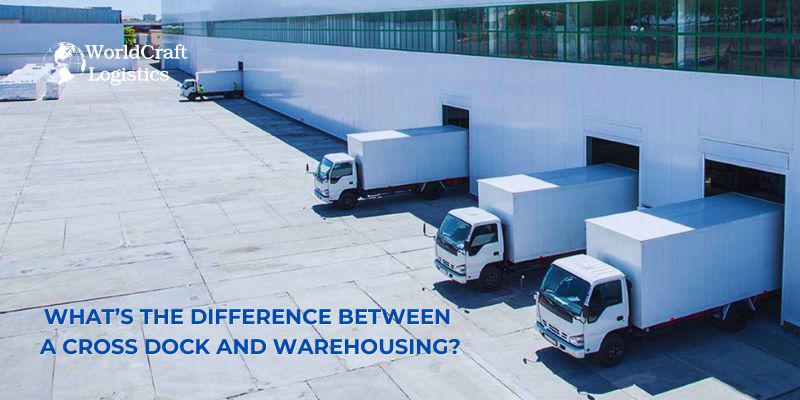
A warehouse is a facility that stores goods before they are distributed to retailers or customers. Acting as large storage units, service providers, and sometimes fulfillment centers, warehouses ensure a smooth flow of products from manufacturers to retailers and, ultimately, customers.
Goods arrive at warehouses via trucks, ships, trains, or airplanes, where they are sorted and categorized by type, size, and quantity. These items remain in storage until a customer places an order.
Upon receiving an order, products are removed from storage, packed into trailers, and shipped to a fulfillment center for packaging and labeling. Alternatively, they may be sent directly to the retailer or customer from the warehouse.
Warehouses perform several essential functions, including:
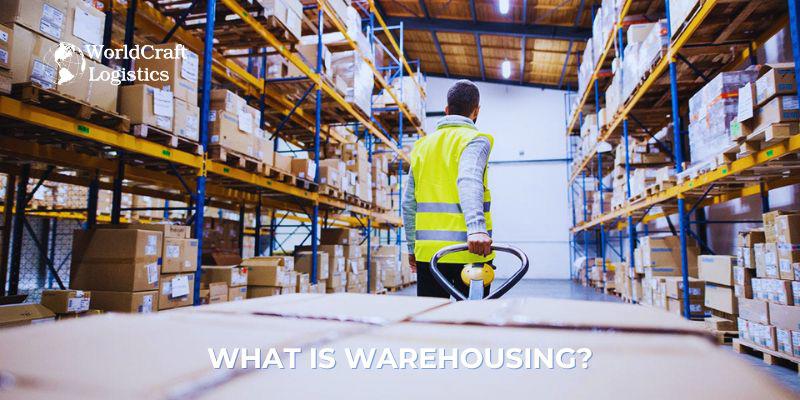
In some cases, warehouses also serve as fulfillment centers, handling tasks such as packaging, labeling, customizing, and assembling business orders before shipping them to retailers and customers. While not all warehouses offer these services, many do to streamline business operations.
Warehousing is crucial for maintaining smooth supply chain operations for businesses and the broader economy:
Cross docks are facilities where goods are sorted and immediately shipped out, functioning as fast-paced distribution centers rather than storage areas. These centers facilitate quick movement of goods toward their destination.
Goods arrive at a cross-dock just as they would at a warehouse, but they are then consolidated with other products headed to similar locations. The items are packed into a different trailer on the other side of the dock and shipped out.
Cross docks come in two types: pre-distribution and post-distribution. Pre-distribution docks, knowing their customers in advance, quickly unload, sort, and reload items onto a different trailer for distribution. Post-distribution docks, lacking immediate customer information, temporarily store items (though not as long as a warehouse) until a customer is identified. Businesses use this time to refine sales forecasts and determine shipments based on in-store inventory and point-of-sale trends.
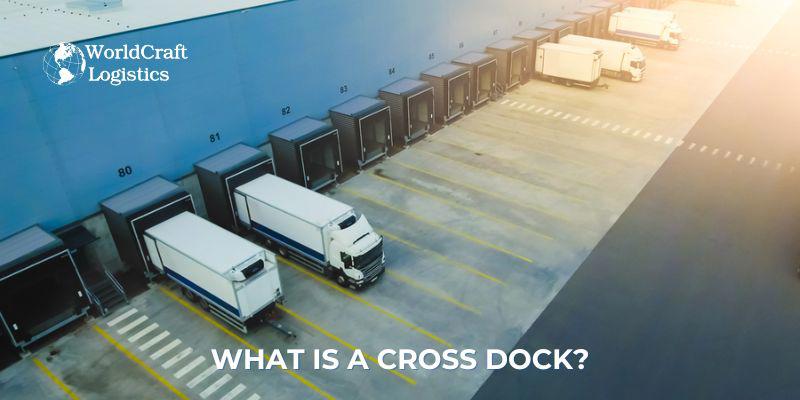
Dock crossings have significantly altered the supply chain landscape in several ways:
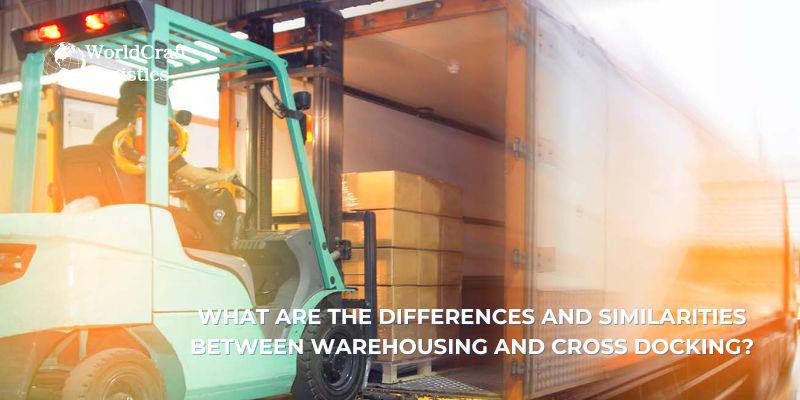
Although warehouses and cross docks operate differently, they share several similarities:
However, there are significant differences between them:
👉 Warehouses store goods before distribution; cross docks transfer goods directly to outbound trailers.
👉 Warehouses function as storage and fulfillment centers; cross docks do not store goods, as they move straight to distribution.
👉 Warehouses sort goods into groups based on product type, size, and quantity, then pick them out individually for distribution; cross docks sort items heading to similar destinations and pack them into outbound trailers.
👉 Warehouses typically store non-perishable goods; cross docks handle perishable items like food and medicine, though they may also handle non-perishables depending on the product and the need for speedy deliveries.
👉 Warehousing incurs high inventory costs; cross docking reduces these costs.
👉 Warehouses directly handle goods; cross docks indirectly manage products using pallet jacks and forklifts.
👉 Warehouses, though quick, have slower processing and delivery times compared to cross docks.
👉 Warehouses maintain higher security than cross docks, as goods pass through cross docks quickly.
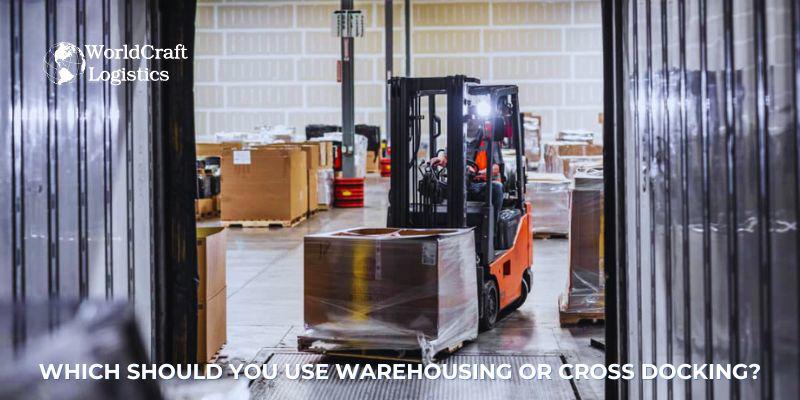
Understanding the differences between warehouses and cross docks is crucial for optimizing supply chain logistics. Warehouses provide extensive storage solutions, playing a critical role in inventory management to ensure products are readily available for distribution. Their multifaceted operations are indispensable for long-term storage and handling of goods.
Conversely, cross docks enhance efficiency and reduce costs by minimizing storage time and speeding up the distribution process, making them ideal for perishable items and time-sensitive shipments.
Ultimately, the choice between warehousing and cross-docking depends on your business’s specific supply chain needs. Warehouses are optimal for businesses requiring secure, long-term storage and comprehensive order fulfillment. Meanwhile, cross-docking offers a better solution for those seeking to streamline distribution, reduce inventory costs, and expedite delivery.
Both facilities’ unique advantages are vital to maintaining a resilient and efficient supply chain, ensuring that products reach their destinations swiftly and securely.
Booking a shipment and need insights into warehousing and cross docking? Consult your WorldCraft Logistics agent! We’ll explore the two types of facilities and how they can enhance your business objectives. Use our free online quote tool or call +1 909-632-1643 to begin shipping with us!
SEO
Digital Marketing/SEO Specialist
Simon Mang is an SEO and Digital Marketing expert at Wordcraft Logistics. With many years of experience in the field of digital marketing, he has shaped and built strategies to effectively promote Wordcraft Logistics' online presence. With a deep understanding of the logistics industry, I have shared more than 500 specialized articles on many different topics.

Education
01/05/2025

Education
02/18/2025

Education
01/01/2024

Education
08/28/2024

Education
11/13/2023